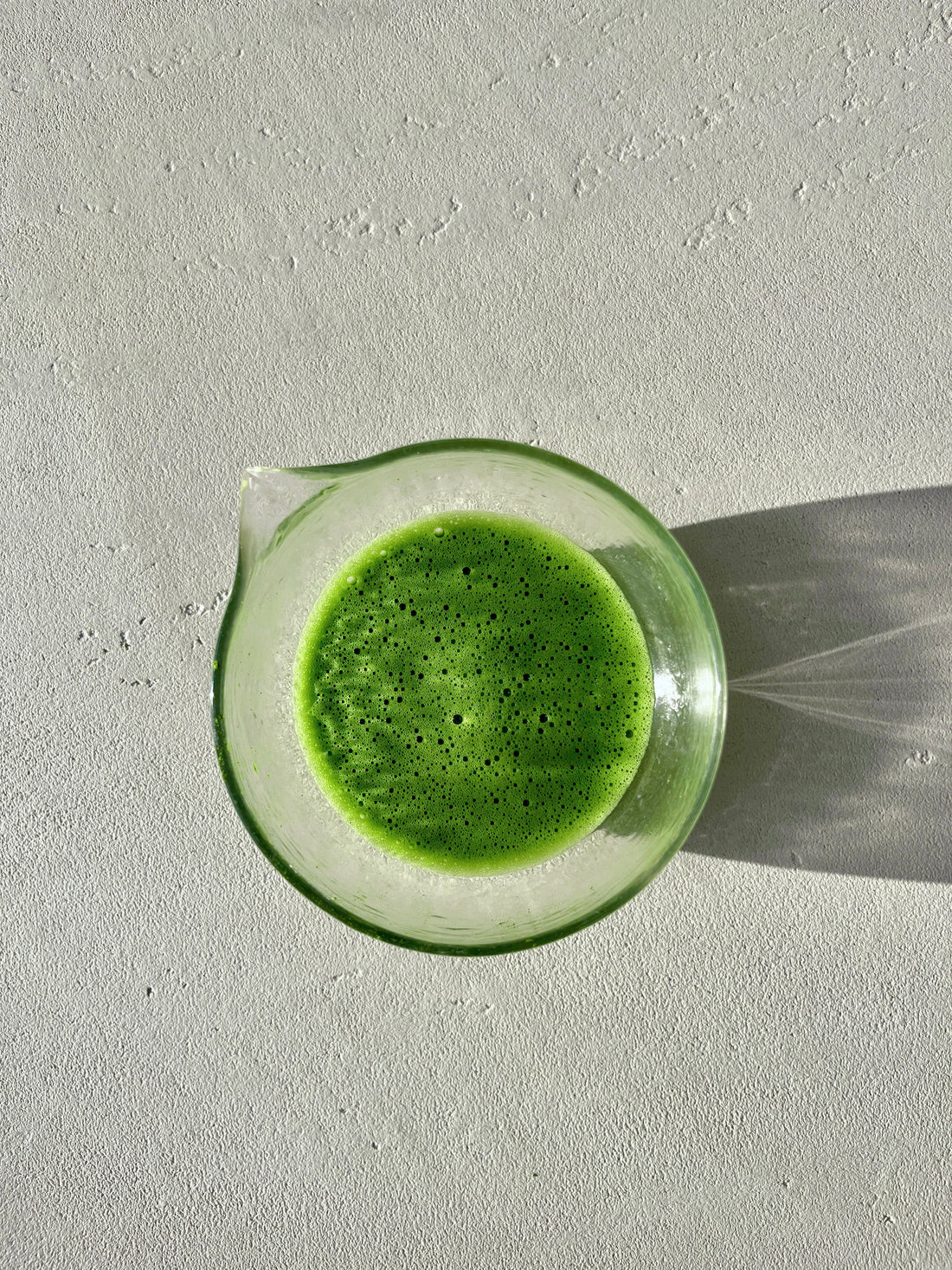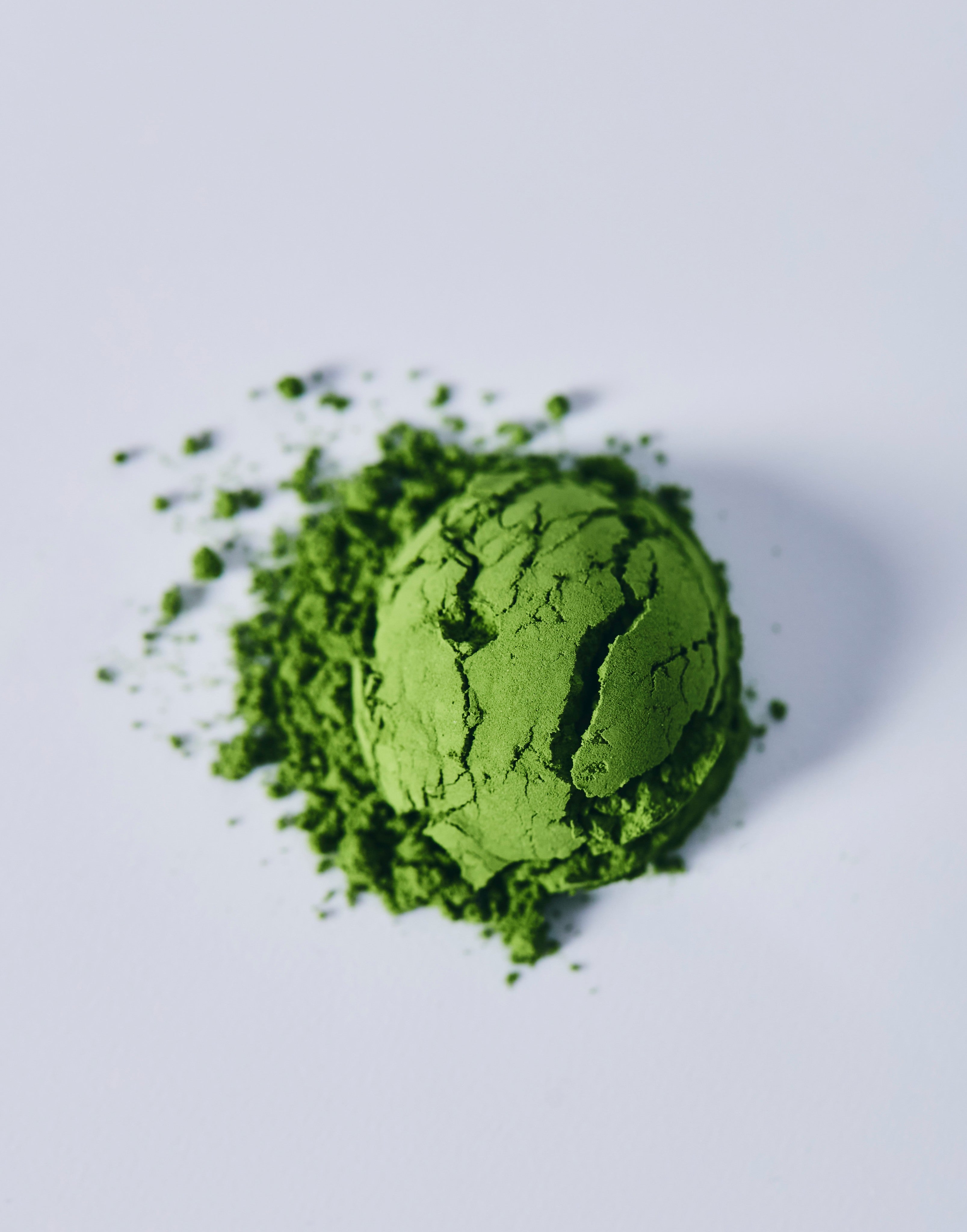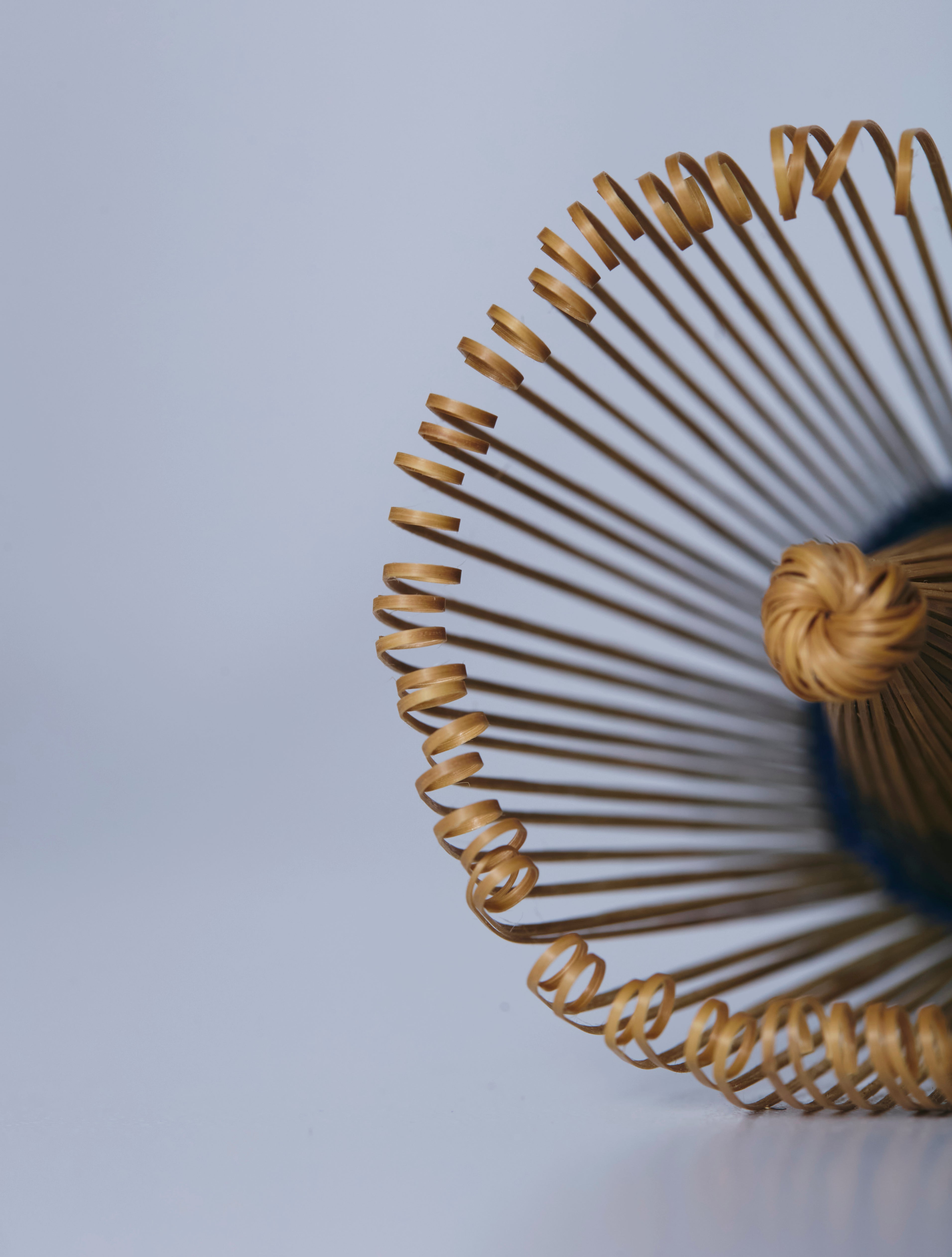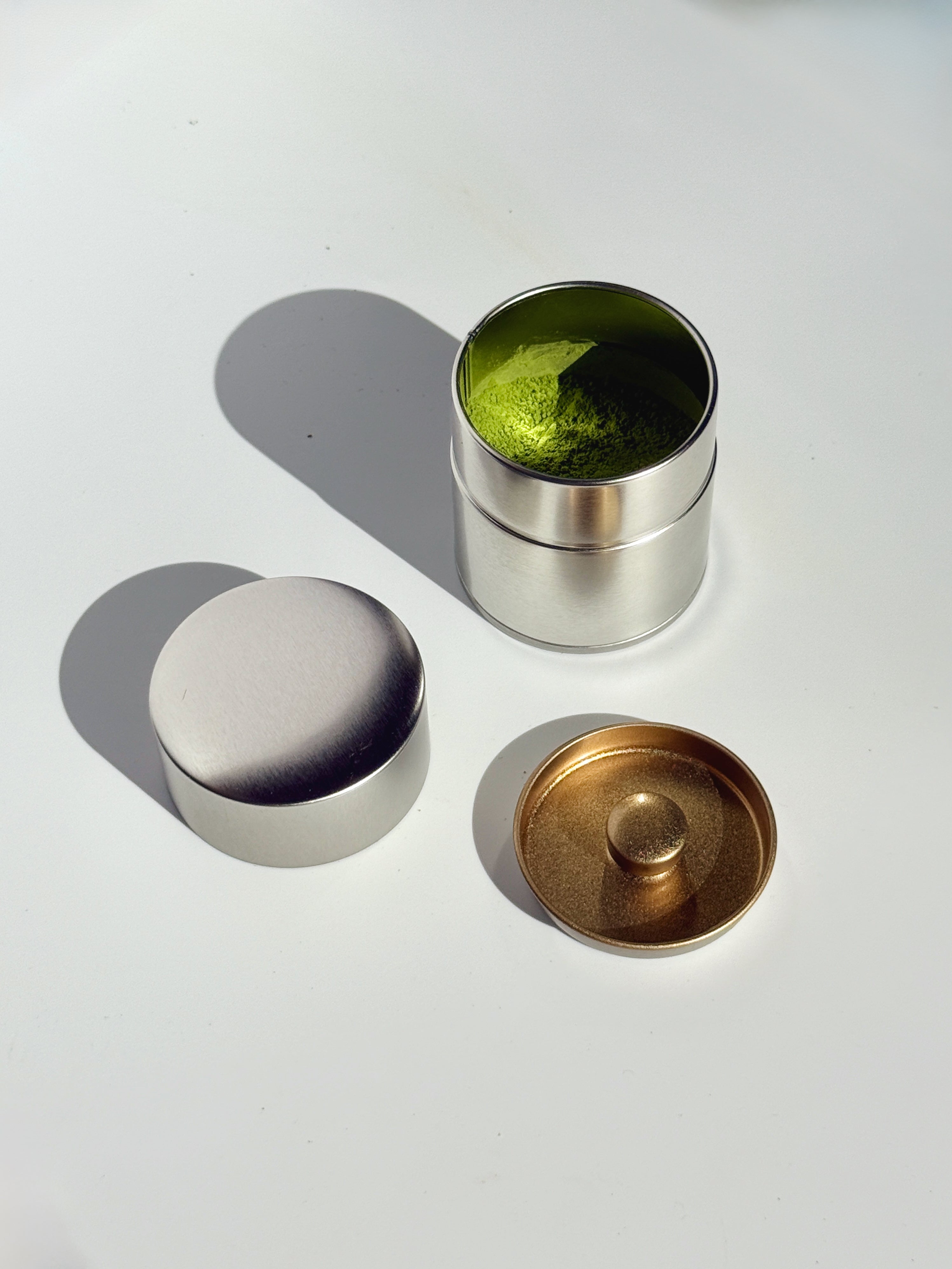Matcha is everywhere—lattes, desserts, skincare routines (?). It’s praised for its health benefits, unique flavor, and stunning green hue. But let’s be real: most matcha on the market doesn’t deliver what it promises.
If you’ve ever been let down by bitter, dull, or low-quality matcha, you’re not alone. And honestly, it’s not your fault. The matcha industry is full of buzzwords, bold claims, and shortcuts that prioritize profits over quality.
THE HARD TRUTH
Culinary Matcha Pretending to Be Premium
Most matcha sold online or in cafes is culinary grade. What does that mean? It’s made from older leaves, which are cheaper to produce but come with a bitter taste, dull green color, and grainy texture. Perfect for baking but not for sipping.
Misleading Buzzwords
Words like “organic” or “premium” sound good, right? But here’s the thing: “Organic” matcha often sacrifices flavor for certification. And “premium”? That label is almost everywhere, regardless of the actual quality.
Blended Origins
Many brands mix matcha from multiple regions, diluting the unique flavors that make single-origin matcha special. Imagine blending wines from different vineyards—you lose the soul of the product, right?

THE 'REAL' PREMIUM
Here’s what to look for when identifying a true, premium matcha grade:
- COLOR: Vibrant, electric green. No exceptions. If it looks dull, yellowish, or brown, it’s either low-quality or old.
- TEXTURE: Silky, powder-fine, and smooth. High-quality matcha feels almost weightless. If it clumps or feels gritty, it’s a red flag.
- TASTE: Balanced, umami-rich, and slightly sweet. A good matcha should feel creamy and smooth on your palate. If it’s bitter or harsh, it’s not premium.
SOURCE & HARVEST
Single-origin matcha from renowned regions like Kagoshima or Uji, Japan, is often a hallmark of quality. These areas have volcanic soil, a climate perfect for growing nutrient-dense tea, and a legacy of meticulous tea farming.
But here’s the catch: just because a matcha is from these regions doesn’t mean it’s top-tier. Mass production is prevalent, even in these iconic locations, and not all farms prioritize the traditional methods that ensure exceptional flavor, texture, and color.
That’s why it’s crucial to dig deeper: Harvesting practices, shading durations, and whether the matcha is produced in small, carefully managed batches truly makes the difference. True premium matcha is a labor of love, not a product of industrial shortcuts.
WHY DOES IT MATTER?
Choosing the right matcha isn’t just about flavor—it’s about the entire experience:
- Mindfulness: A true cup of matcha invites you to slow down and savor the moment.
- Connection to Tradition: Matcha has been a part of Japanese culture for centuries. Authentic, premium matcha respects this heritage.
- Quality Over Quantity: When you choose premium matcha, you’re investing in something that nourishes both your body and your soul

Source: meisoumatcha.com
CHOOSE BETTER!
Navigating the matcha market doesn’t have to be overwhelming. Here are a few tips to guide you:
- Ask Questions: Where does it come from? Is it single-origin? Any additional info about the harvesting process?
- Check the Packaging: Look for resealable, air-tight packaging to preserve freshness.
- Trust Your Senses: Pay attention to the color, texture, and taste. Trust your gut—it rarely lies.
Matcha isn’t just a trendy drink. It’s a ritual, a tradition, a moment of calm in a busy day. But when the market is flooded with low-quality options, it’s easy to miss out on the magic of a truly exceptional cup.
The good news? Once you know what to look for—vivid color, smooth texture, umami flavor, and single-origin transparency—you’ll never settle for anything less again.
So, next time you sip matcha, make sure it’s the real deal. Because you deserve it.







